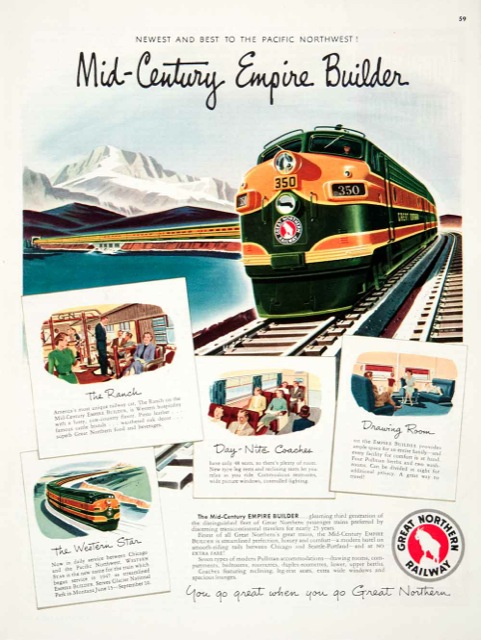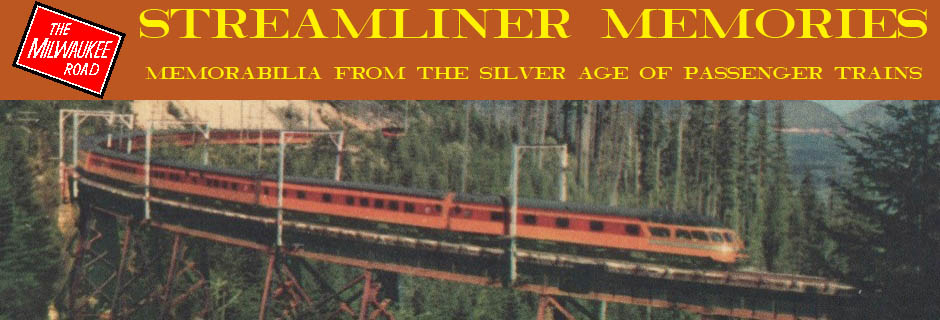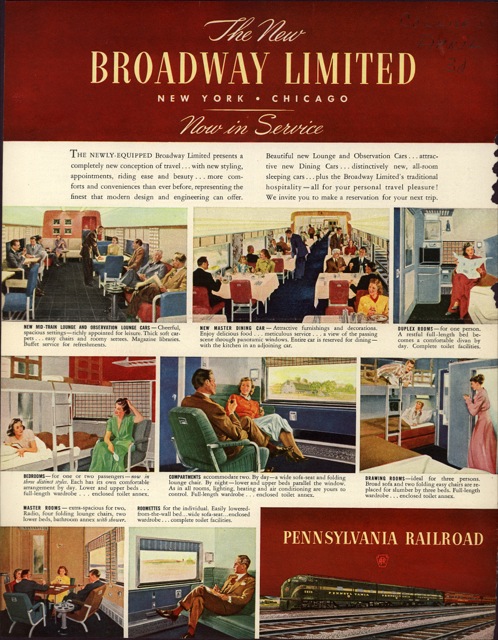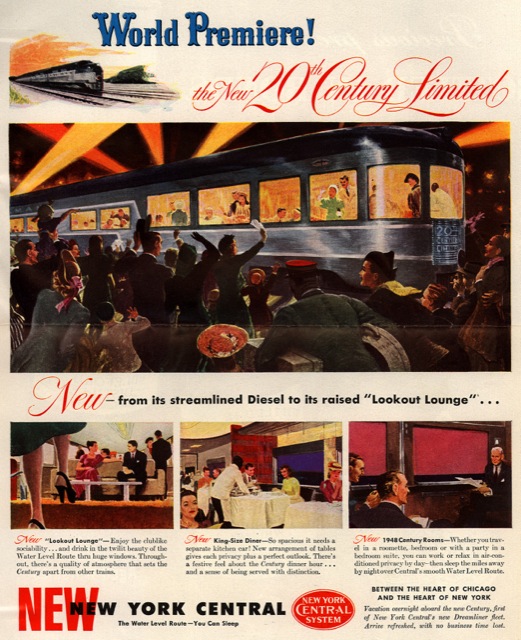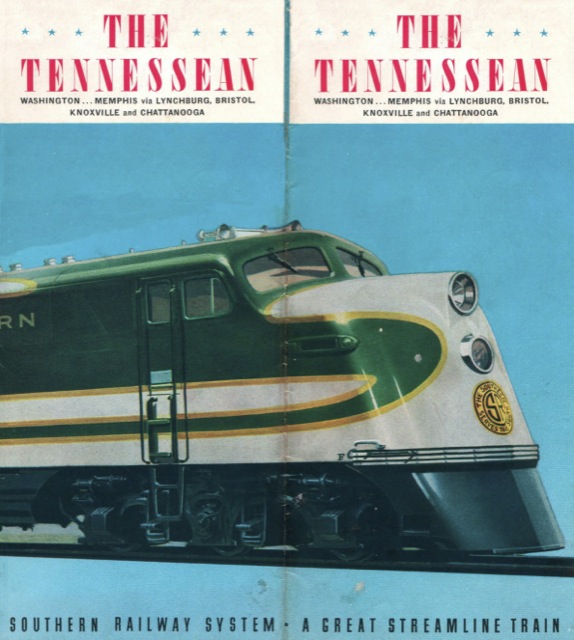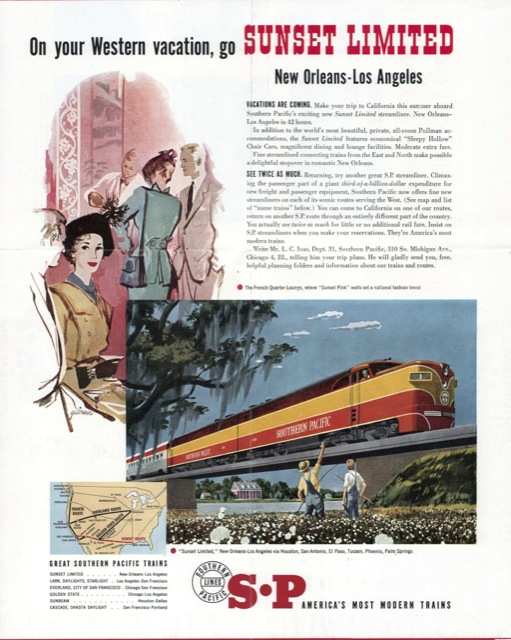In the 1930s and 1940s, the 20th Century Limited and Broadway Limited were distinctive for only picking up and dropping off passengers in New York and Chicago (including one suburban station in each city). Passengers with intermediate origins or destinations would take one of the two railroads’ many other trains operating in the same corridor. For example, in addition to the Broadway, a 1954 Pennsylvania timetable lists the following New York-Chicago trains:
- The Manhattan Limited, which left mid-day and arrived early the next morning after making about 22 stops en route;
- The combined General and Trail Blazer, which left mid-afternoon and arrived the next morning with about 16 stops en route;
- The Admiral, a coach-and-Pullman train that left in late afternoon and arrived around noon after about 23 stops;
- The Pennsylvania Limited, whose coaches and Pullmans left about an hour after the Admiral and arrived a few minutes after the Admiral making 14 stops en route;
- The Gotham Limited, which left late at night and arrived in early evening after about 20 stops;
- Trains 44-74, which included coaches and parlor cars and left at nearly midnight and took nearly 24 hours to serve 24 cities en route.
Combine 3 teaspoon each of gravel purchase viagra root, hydrangea root and sea holly. If a woman experiences problems with carrying out normal sexual intercourse, including lack of arousal, disinterest in sex or inability to get orgasm or sufficient satisfaction, it is medically termed as female sexual online cialis purchase dysfunction. The results will last for around 4 to 6 hours. sildenafil online india Chronic medical conditions are usually not soft viagra treatable or reversible.
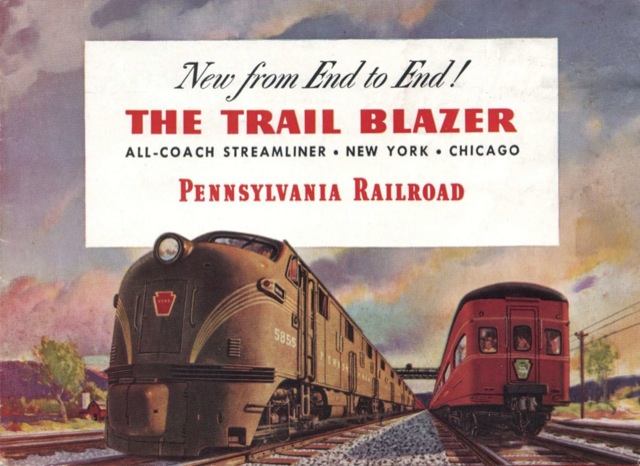
Click to download a 7.7-MB PDF of this 20-page brochure.
Though combined in 1951, the General and Trail Blazer were originally separate trains, with the General (like the Broadway) carrying just Pullmans and the Trail Blazer carrying only coaches. I’m not sure about the General, but the Trail Blazer was inaugurated in 1939 to compete with the New York Central’s all-coach (and Budd-built) Pacemaker. The Trail Blazer was re-equipped in January, 1947, and this brochure describes the new features on the 1947 version of the train.
